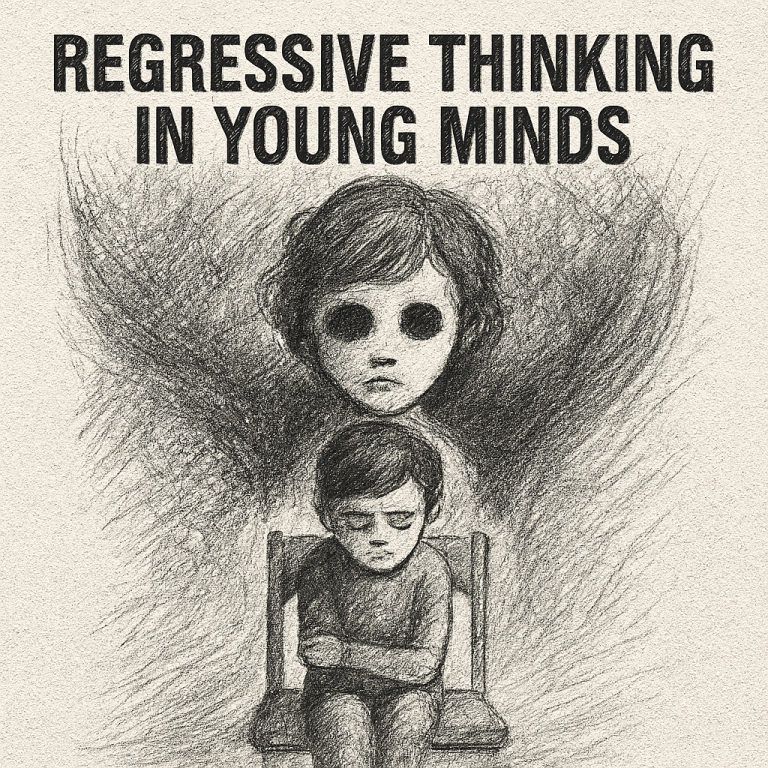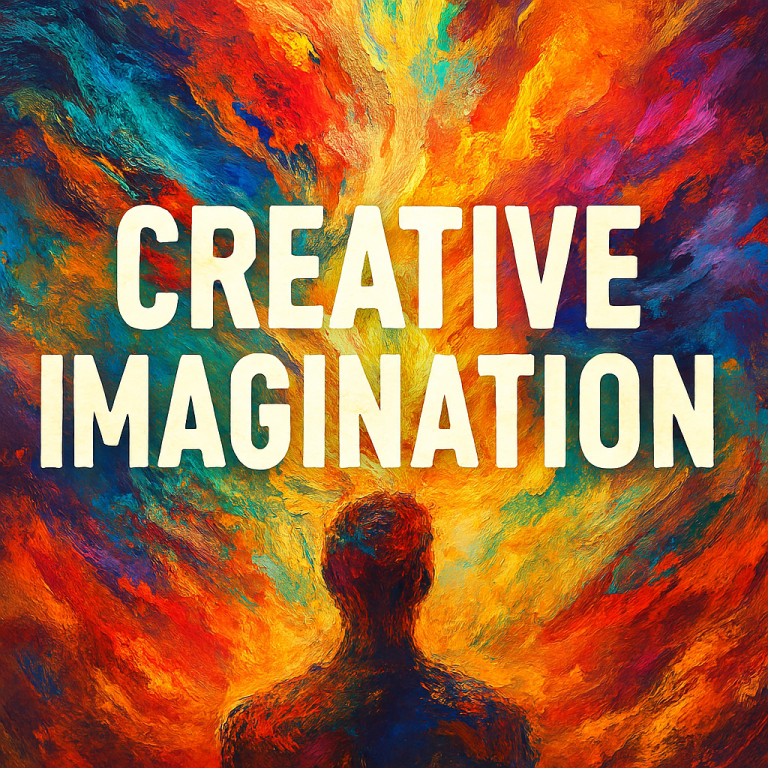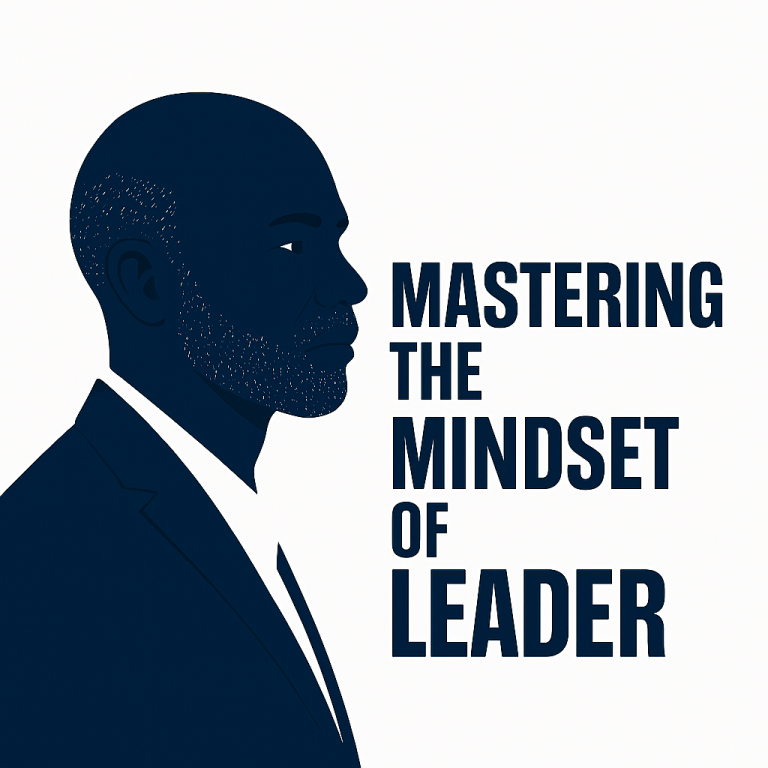
Unraveling the Mysteries of Our Primal Emotion
Unraveling the Mysteries of Our Primal Emotion
The Psychology of Fear
It’s an ancient survival tool that has shaped human behavior, keeping us alert to danger and ready for action. However, in today’s world, fear often extends beyond physical threats, influencing our thoughts, decisions, and lives in ways we may not fully understand. By examining the psychology of fear and the fear factor, we can uncover its origins, explore its impact, and learn how to navigate it for personal growth.
The Biological Origins of Fear
The Role of the Amygdala
The amygdala, a small almond-shaped structure in the brain, is central to fear processing. When we encounter a threat, the amygdala activates, sending signals that trigger the body’s fight-or-flight response. This mechanism is what kept our ancestors safe from predators and other dangers.
Hormones at Play
Fear also involves the release of hormones like adrenaline and cortisol. These chemicals prepare the body for immediate action, increasing heart rate, boosting energy levels, and heightening alertness. While helpful in short bursts, prolonged exposure to these hormones can lead to stress and anxiety.

Fear and the Mind
Cognitive Interpretations of Threats
Fear isn’t just biological—it’s also cognitive. Our interpretation of a situation influences whether we perceive it as threatening. For instance, the same event may evoke fear in one person and excitement in another, depending on their past experiences and beliefs.
Memory’s Impact on Fear
Fearful experiences leave strong impressions on the mind, often becoming memories that shape future reactions. This is why certain fears, like phobias, can persist over time—they are reinforced by past events stored in the brain.
The Benefits and Downsides of Fear
Fear as a Motivator
Fear can be constructive when it prompts caution or drives us to overcome challenges. For example, the fear of failure might motivate someone to prepare thoroughly for an important task.
Paralyzing Effects of Fear
On the flip side, excessive fear can be debilitating. It can prevent individuals from pursuing opportunities or taking risks, keeping them trapped in comfort zones.

Managing Fear Effectively
The Importance of Exposure
Exposure therapy is a psychological technique used to reduce fear responses. By gradually confronting the feared object or situation in a controlled manner, people can desensitize themselves and regain control.
Mindfulness and Relaxation
Practicing mindfulness and relaxation techniques can help counteract the physiological effects of fear. These methods promote a sense of calm and reduce the intensity of fear-related responses.
The Cultural Aspects of Fear
Fear Across Societies
Different cultures experience fear in unique ways, shaped by traditions, beliefs, and collective histories. For example, while Western societies often emphasize individual fears, some Eastern cultures highlight collective fears tied to societal expectations.
Symbolism in Folklore
Fear is deeply rooted in storytelling. From ancient myths to modern horror films, tales of fear have served as moral lessons and entertainment, reflecting the universal nature of this emotion.

The Intersection of Fear and Technology
Fear in Digital Media
The internet and social media can amplify fear. Clickbait headlines, viral scare stories, and cyberbullying are examples of how technology can trigger anxiety and stress.
Using Technology to Combat Fear
On the positive side, technology offers tools for managing fear, such as mental health apps, virtual reality therapy, and online support communities that foster resilience.
Fear in Childhood Development
How Children Learn Fear
Children often learn fear through observation and experience. For instance, a child may develop a fear of dogs after seeing a parent’s anxious reaction around them.
Overcoming Fear as a Child
By nurturing a safe environment and encouraging positive experiences, caregivers can help children build confidence and overcome fears that might otherwise become lifelong challenges.
Fear and Creativity
Fear as a Source of Inspiration
Fear has inspired countless creative works, from haunting paintings to groundbreaking novels. Artists often channel their own fears into their craft, creating pieces that resonate with audiences.
The Role of Risk-Taking
Confronting fear is an essential part of creativity. Taking risks, whether in art or innovation, requires the courage to face uncertainty and fear of failure.
Conclusion
Turning Fear into Opportunity
Fear is both a guardian and a challenge—a force that can protect or paralyze. By understanding its biological and psychological roots, we can approach fear not as an enemy but as an opportunity for transformation. With strategies like exposure therapy and mindfulness, we can turn fear into a powerful catalyst for courage and resilience, leading to a more fulfilling and fearless life.
Join the Discussion
What does fear mean to you? How has it shaped your decisions or inspired you to overcome challenges?
#FearFactor #PsychologyOfFear #EmotionalResilience #MentalHealthMatters #FearManagement #MindOverFear #SurvivalInstincts #CourageOverComfort #FightOrFlight #FearAndGrowth #OvercomingChallenges #AmygdalaAtWork #FearInCulture #FacingFears #FearAndCreativity #AnxietyAwareness #StressReliefTips #MindfulnessJourney #ChildhoodFears #FearAndTechnology #FearInFolklore #HumanEmotions #FearfulMemories #ConfidenceBuilding #ManagingPhobias #PersonalGrowthTools #ResilienceInAction #FearInspiration #NavigatingFear #TurningFearIntoStrength #MentalHealthSupport




Your words have the power to make the abstract feel concrete, to bring fleeting thoughts into sharp focus. I’ve read many articles and books in my time, but there’s something about your writing that makes me feel as though I’ve discovered a new way of thinking, a new way of being. You’ve truly unlocked something special in your words.